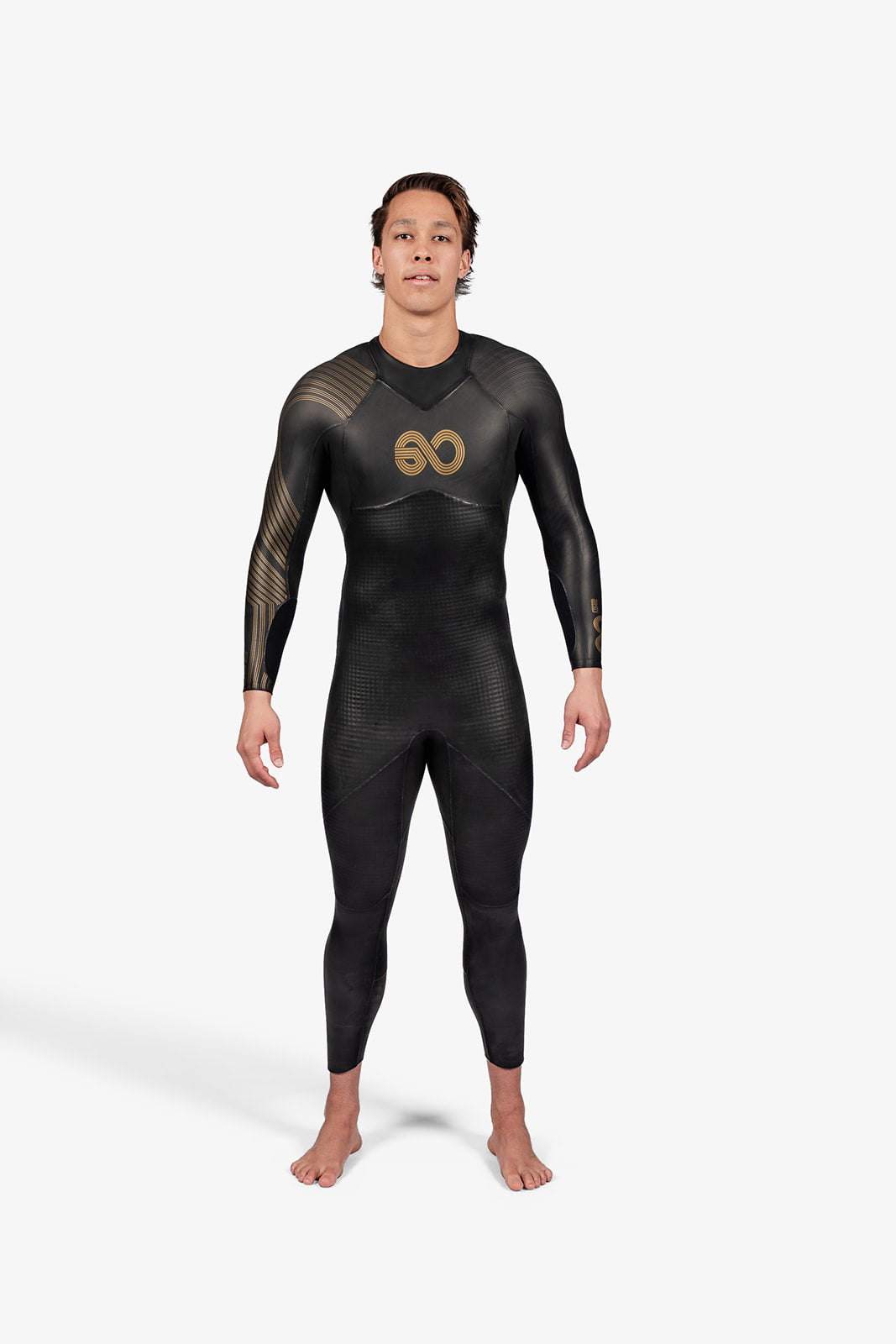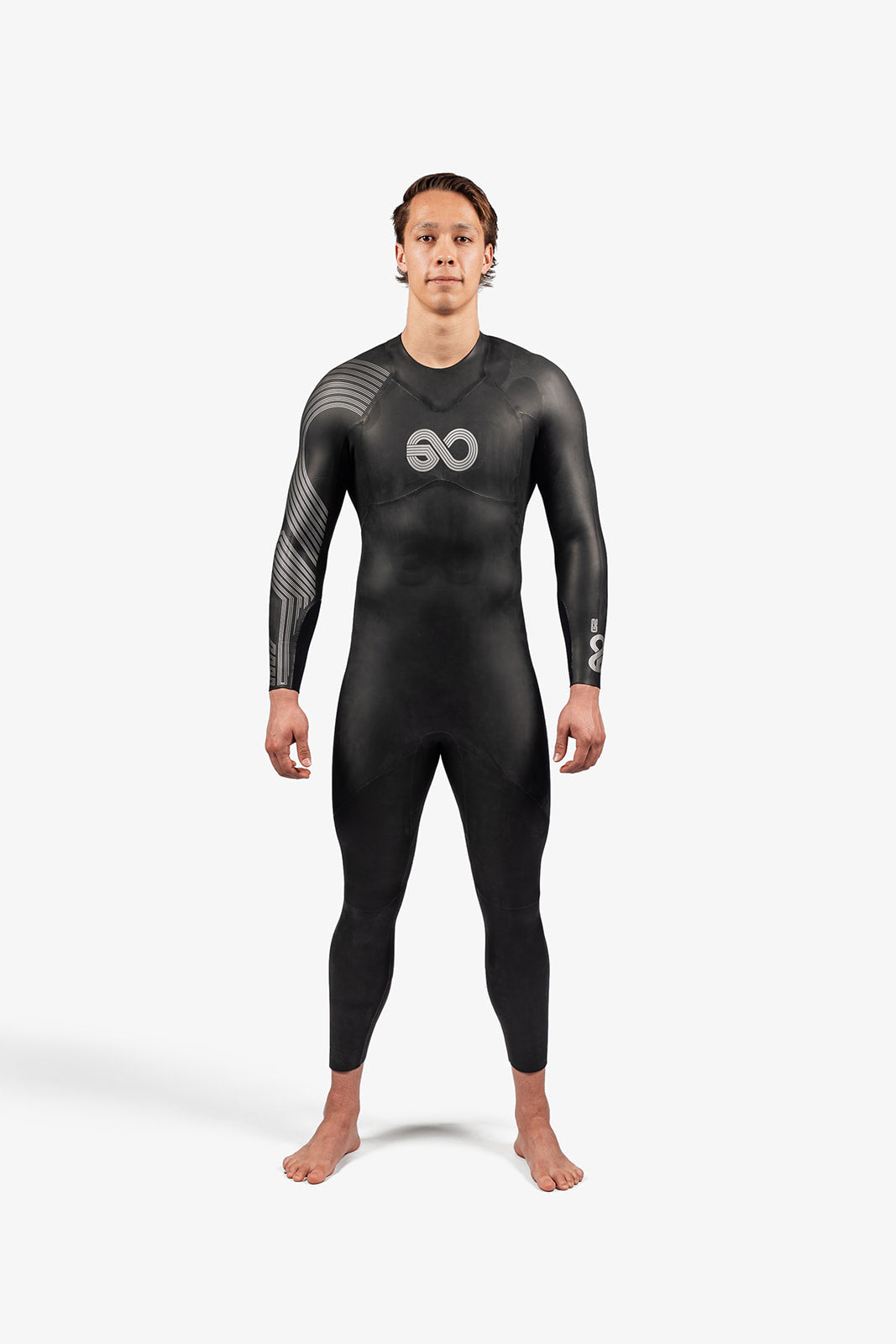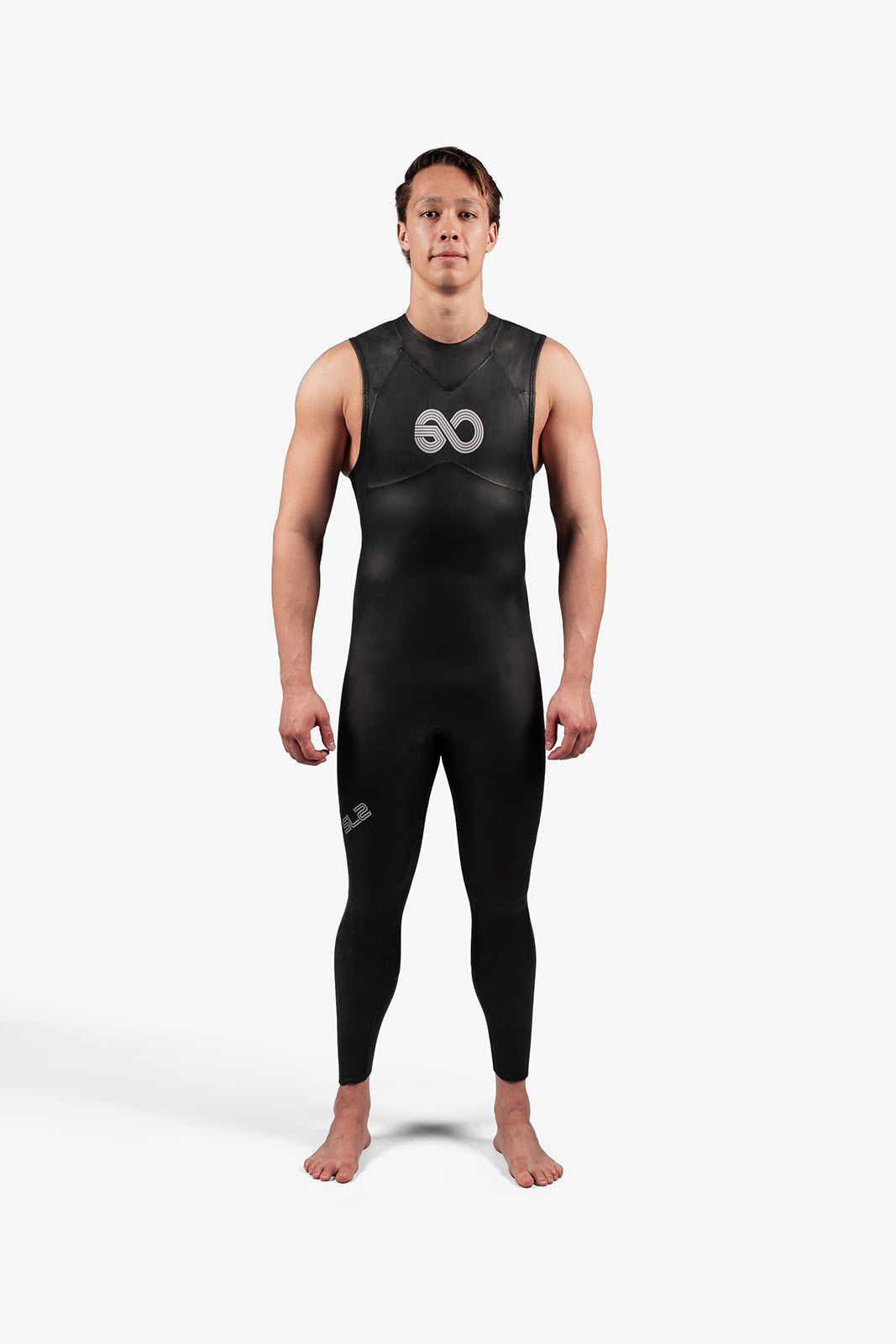What is drafting?
Drafting in open water swimming is where one swimmer swims behind another swimmer, with the trailing swimmer getting pulled along by the leader’s wake, resulting in reduced resistance and energy conservation. It is similar to drafting while cycling, the benefits in swimming are not to the same extent but still worthwhile. Drafting can be done by swimming behind a person’s feet, or next to their hip.
Drafting from the hip

It is slightly more beneficial to draft off someone’s hips rather than feet, allowing you to get pulled along nicely if you can manage to stay close. Another advantage is that it allows you to quickly react to any change of pace set by the leader. Drafting on the hip requires a lot of skill by both the pacesetter and the drafter, because if either of them cannot swim straight, they will slow each other down by constantly colliding.
Drafting on the feet

Drafting on the feet is simpler than off the hips, as it only requires you to follow the leader from behind closely without touching their feet. Constantly touching the leader’s feet will agitate them and may lead to them trying to kick you and will also disrupt your stroke. However, you must be able to rapidly respond to changes in pace, as being slow to react can result in a gap forming and losing the draft. If someone is drafting off your feet, you can drop them by increasing the pace for short intervals (short bursts of speed), it may take a few attempts to create separation so that they can no longer use your draft.
Tips to become better at drafting.
Becoming efficient at drafting takes practice, which begins with sitting on the feet of swimmers you train with in the pool. You can do this by pushing off directly behind them, instead of the usual 10 seconds apart as starting this far back will have little to no drafting benefits. If you are the one being drafted off, try dropping the swimmer behind you by putting in a few changes of pace.
If you are practicing hip drafting in the pool, ensure that you and your partner have the entire lane to yourself. When sitting up next to the hip, make sure you are up as close as you can be without hitting the leader.
Finally, there is no substitute for getting drafting experience than in a race scenario. In my 10+ year stint as a professional open water swimmer, only a small fraction of my training was in the open water, so most of my drafting skills were developed through competing in surf lifesaving and open water races anywhere between 1.5 and 10 kilometres.
I would recommend that anyone interested in improving their drafting skills should research some of the men’s and women’s 10km races from previous Olympics on YouTube, as they show some great examples of drafting skills at the highest level.



